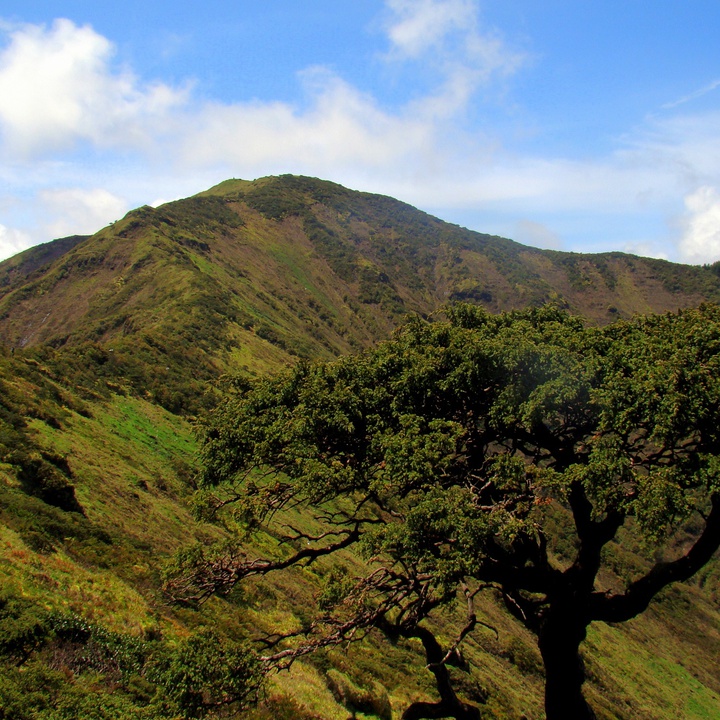Text size:
Pico da Vara
Nature Reserve


Localized on Serra da Tronqueira, Pico da Vara Nature Reserve has 786 hectares and an altitude of 1105 metres.
Pico da Vara is the highest point of São Miguel and part of the Basalt Volcanic Complex of Nordeste, with about four million years. It has a mountainous relief, cut by deep ravines, where flow ephemeral streams, sometimes perennial. It has high botanical and landscape richness.
The Pico da Vara vegetation consists, on the top, of Azorean Tussock Grass (Deschampsia foliosa) meadow and, on its slopes, of dense Laurel Forest, which has a very high endemism index, especially the Azorean Holly (Ilex azorica), the Short Leafed Juniper (Juniperus brevifolia), the Azorean Laurel (Laurus azorica), the Azorean Cherry (Prunus azorica), the Azorean Heather (Erica azorica), the Azorean Blueberry (Vaccinium cylindraceum), the Azorean Viburnum (Viburnum treleasei) and the native fern Culcita macrocarpa.
Of species of birds, there is the Azores Bullfinch (Pyrrhula murina), a rare land bird and endemic of São Miguel island, that is in danger and has priority conservation status by Birds Directive, and whose last refuge is the Laurel Forest that exists here. You can also observe the Common Chaffinch (Fringilla moreletti), the Common Buzzard (Buteo buteo rothschildi) and the Azores Wood Pigeon (Columba palumbus azorica).
By doing the Pico da Vara walking trail (PRC07SMI), it is possible to go through the Planalto dos Graminhais and access the highest point of the island.
This Nature Reserve includes in its territory the Pico da Vara/Ribeira do Guilherme Special Protection Area (SAC) under the Natura 2000 network, is classified as an Important Bird and Biodiversity Area (IBA) of the BirdLife International organization and is an integral part of CORINE Biotope project.
This area borders a Protected Area for the Management of Habitats or Species and, together with two other protected areas of Povoação and Nordeste councils, it was awarded the European Charter for Sustainable Tourism in Protected Areas by the EUROPARC Federation.

